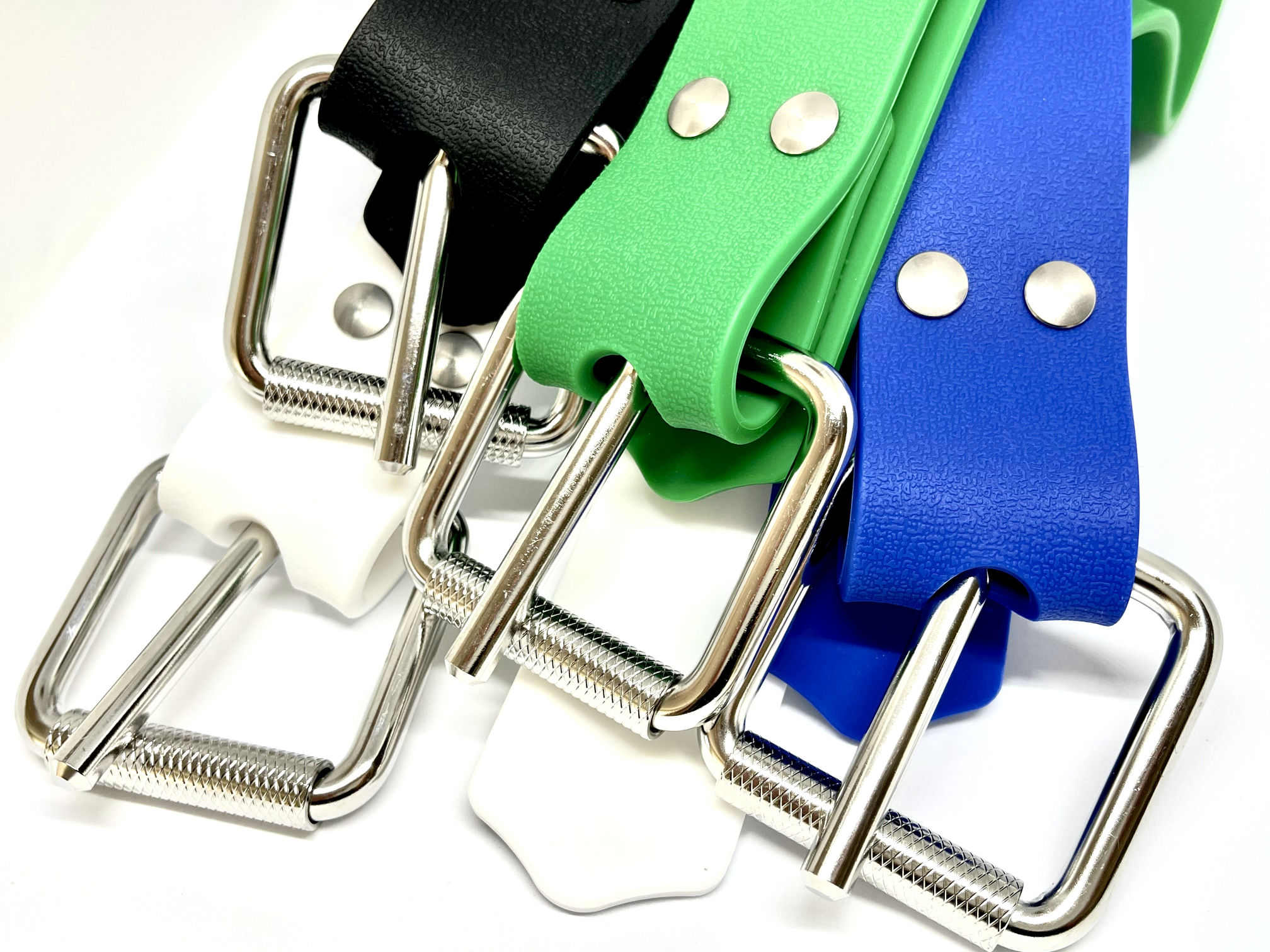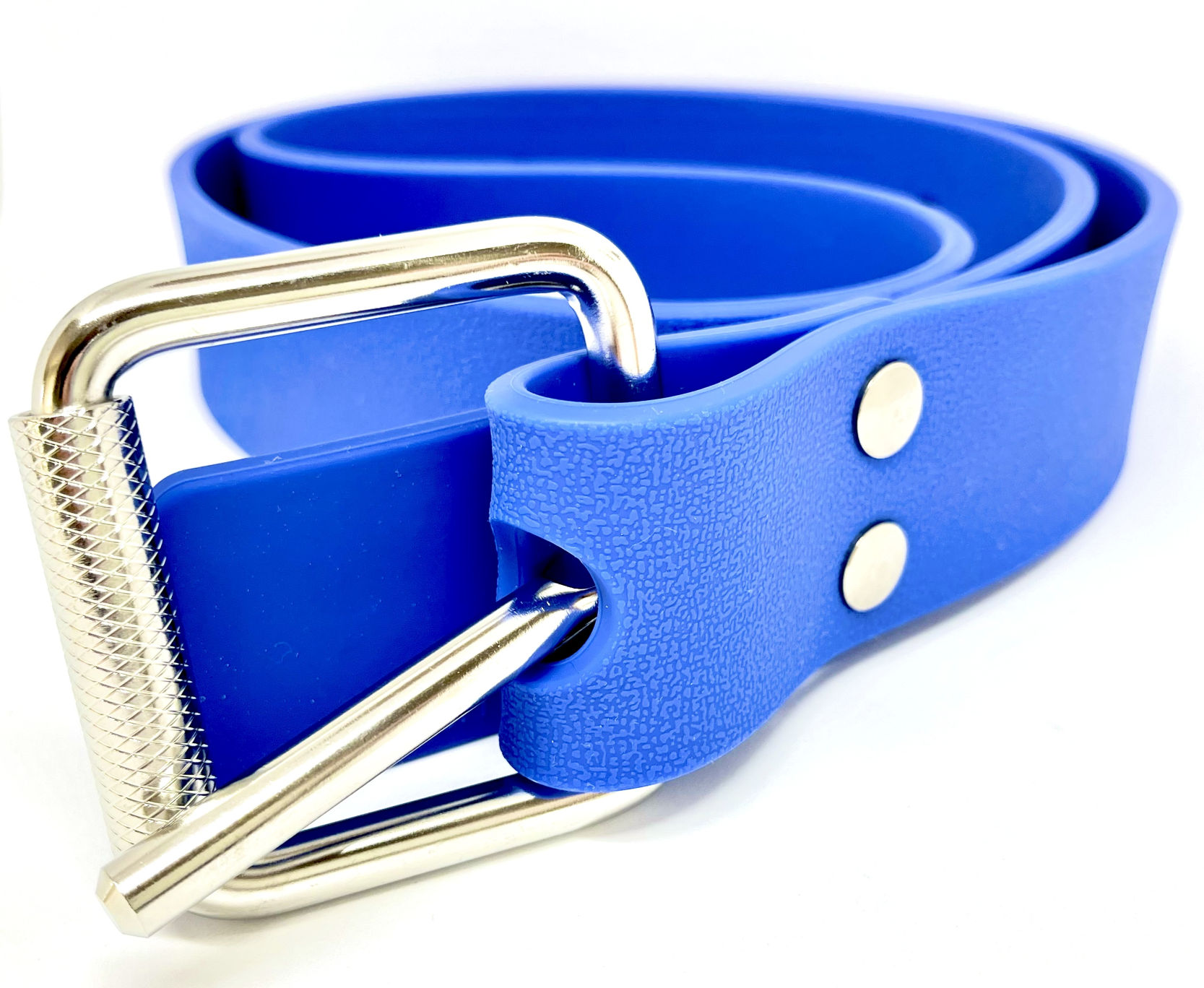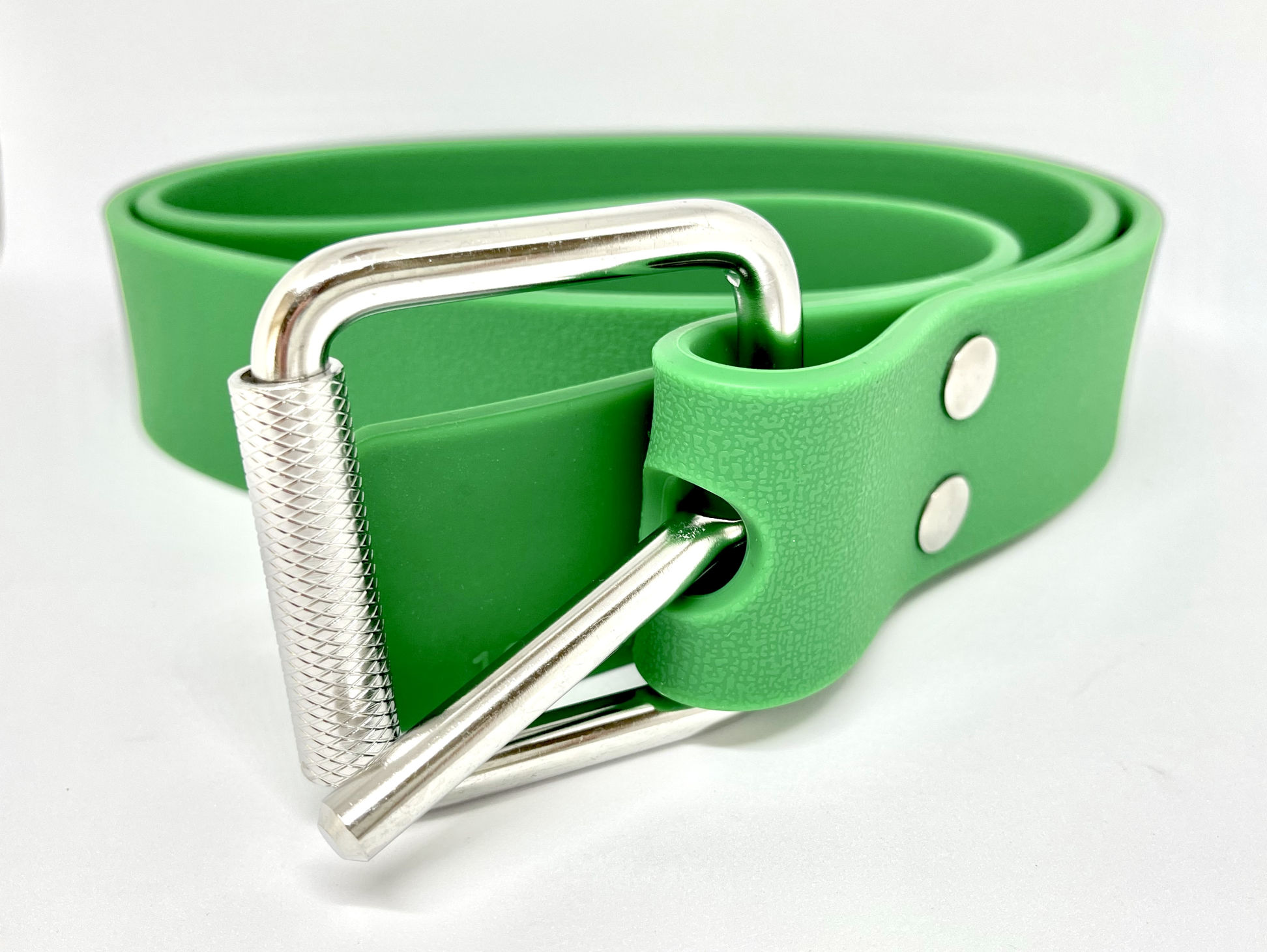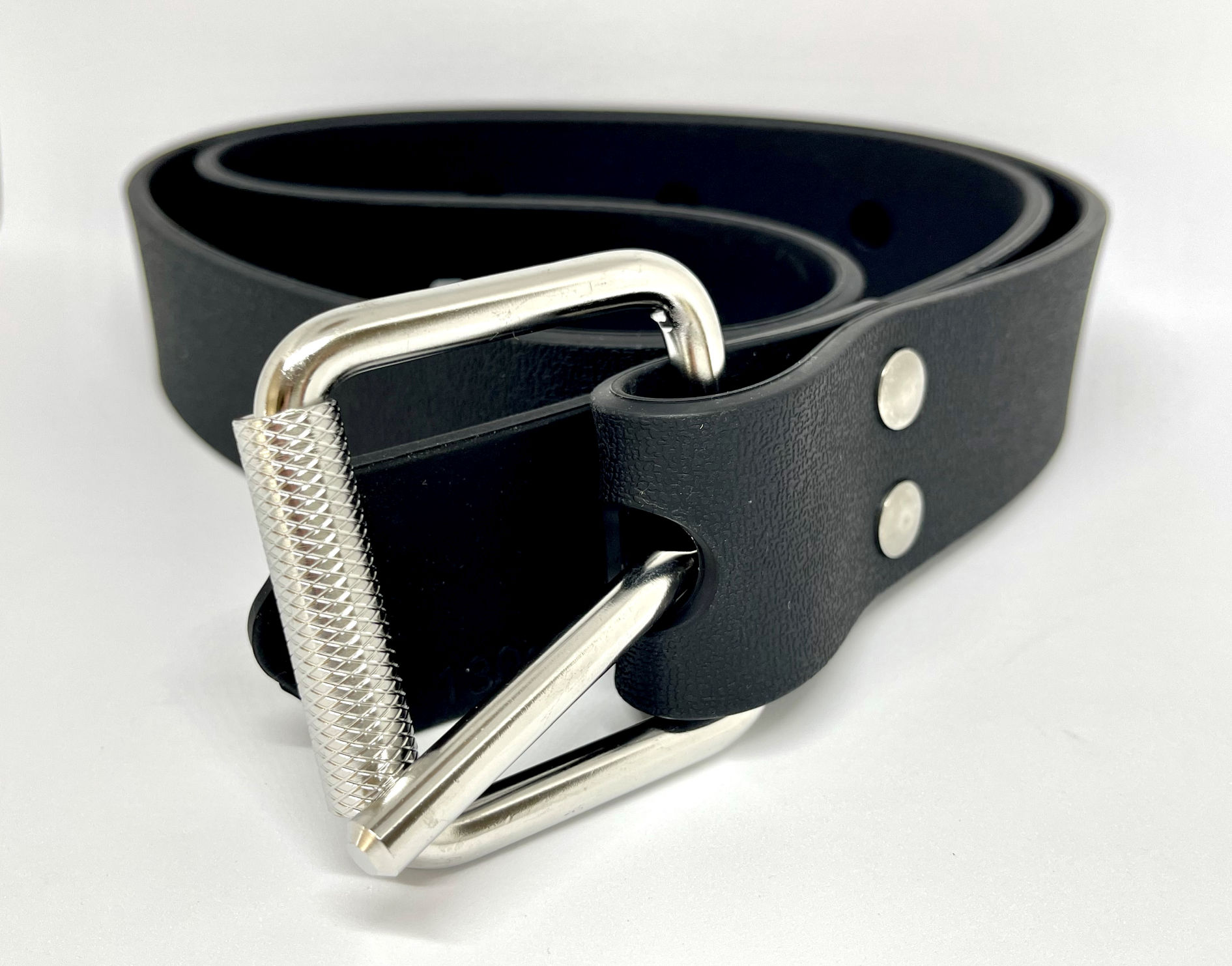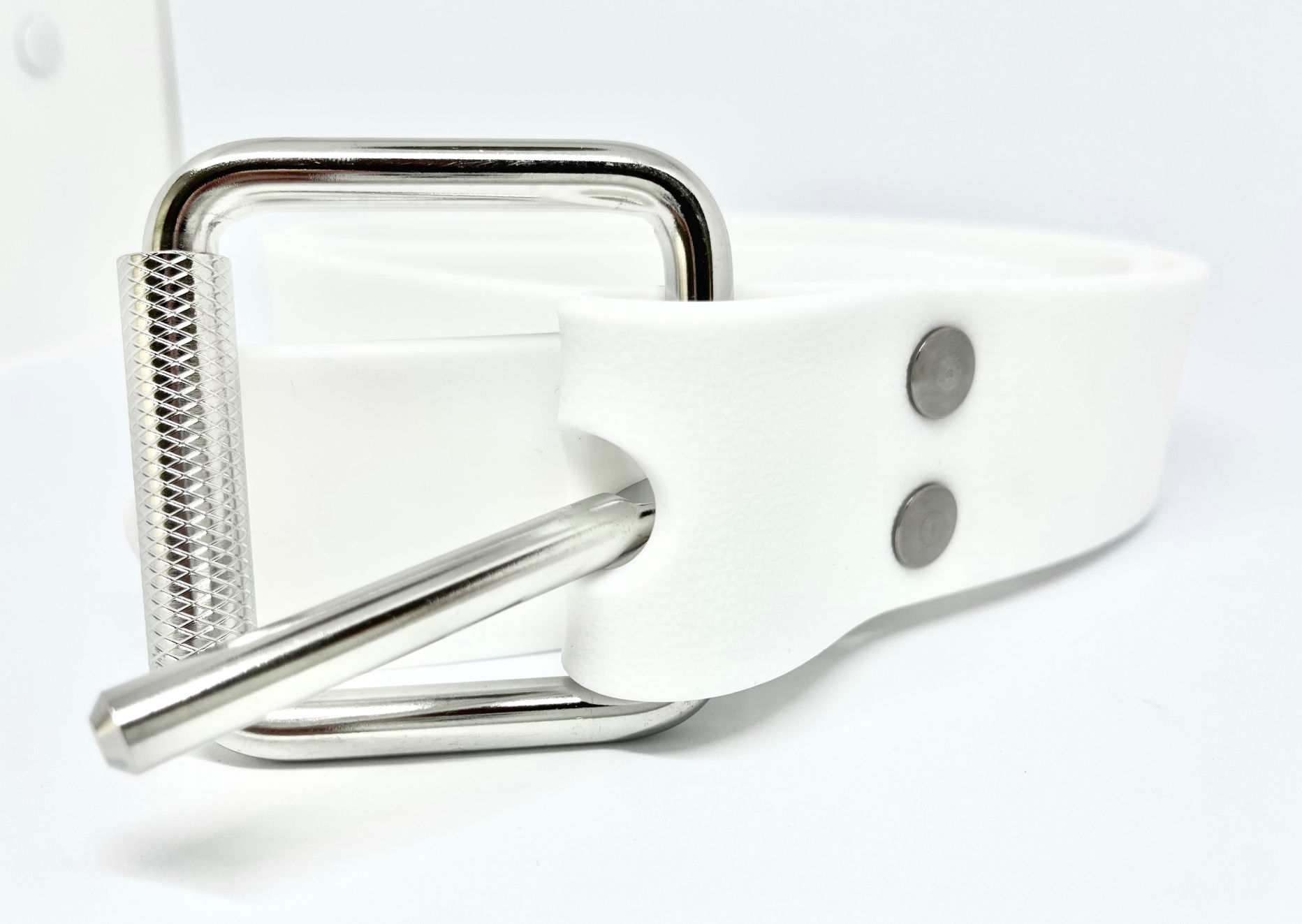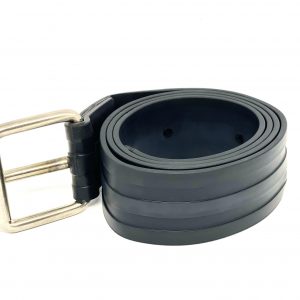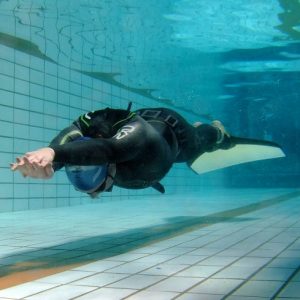Ultimate Freediving Silicone Weight Belt
$59.95
The Ultimate Freediving Silicone Weight Belt has the following qualities:
-
- 1.2 metres long (excluding the length of the buckle); 4.5cm width; and 4.5mm thickness.
- 8 holes at approximately every 50mm.
- The silicone belt has a rough finish on the outside and a smooth finish on the inside. We believe the rough finish adds to stickiness and holding dive weights.
- The buckle is 316 stainless steel for high rust resistance and “Marseillaise” style with quick release.
- 100% high quality silicone.
- The high quality silcone belt has a standard tensile strength of 200kg (so strong!).
- But the belt is slightly more flexible than a typical rubber belt giving better performance in adjusting for depth.
- The silicone belt is resistant to UV and saltwater.
- This belt is built to outlast all others!
- Comes in a variety of colours: black, blue, green and white.
- Special discounts apply to students on our freediving courses. Try before you buy by renting one of our belts.

